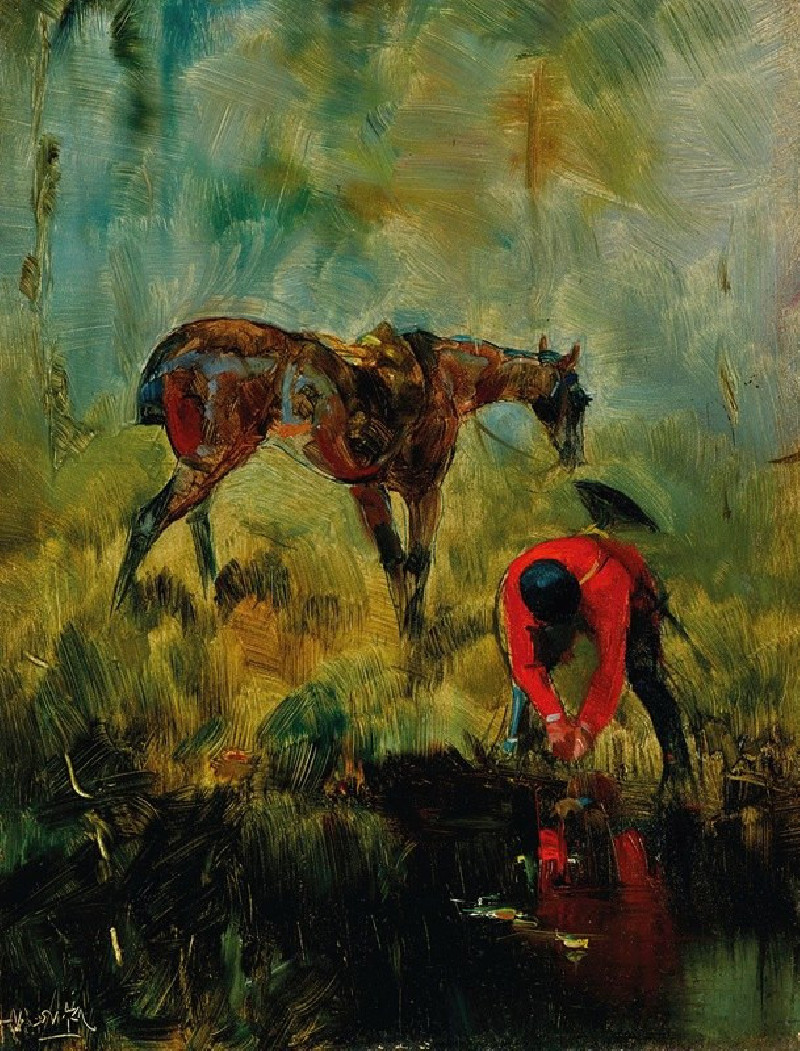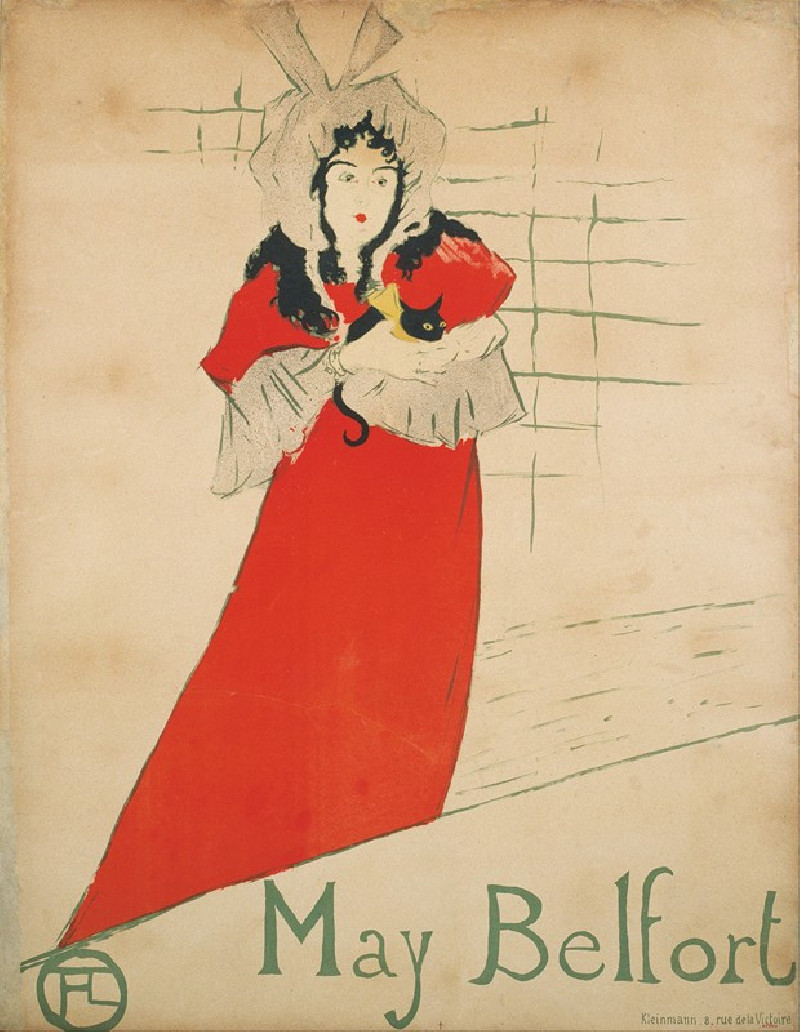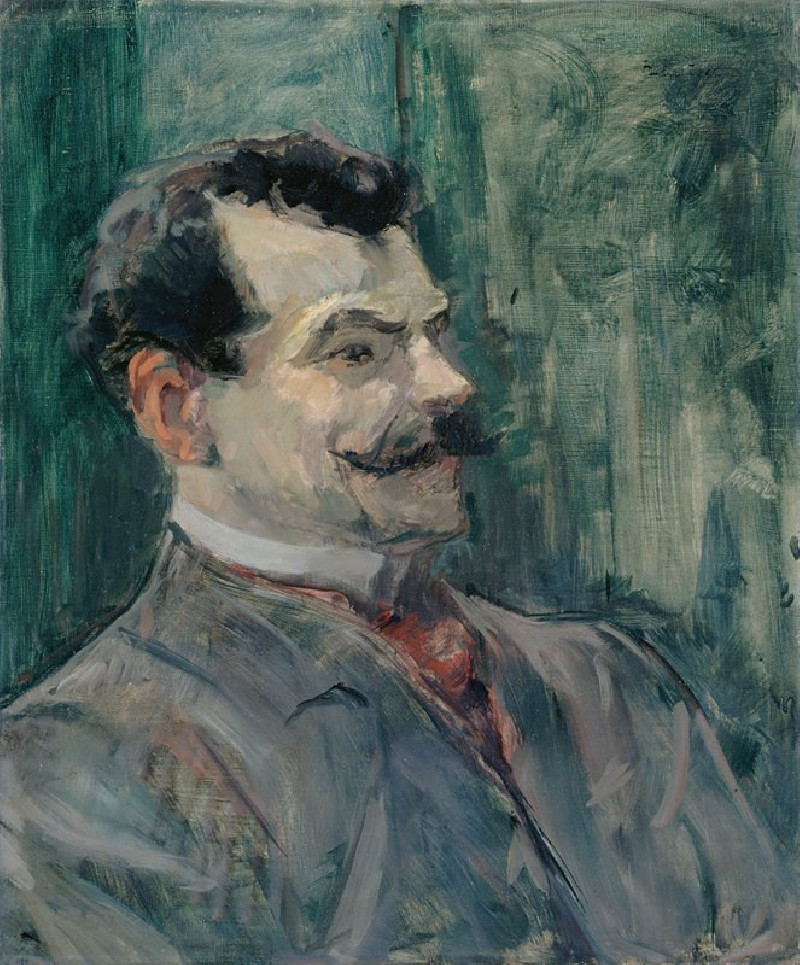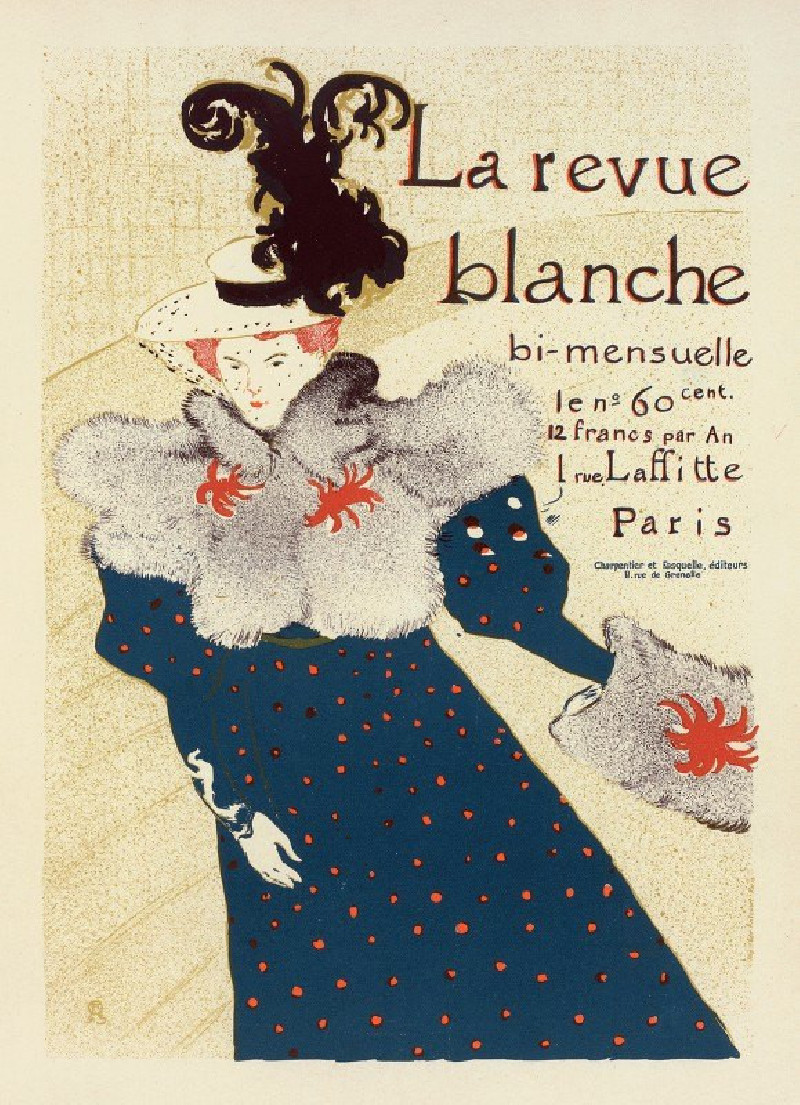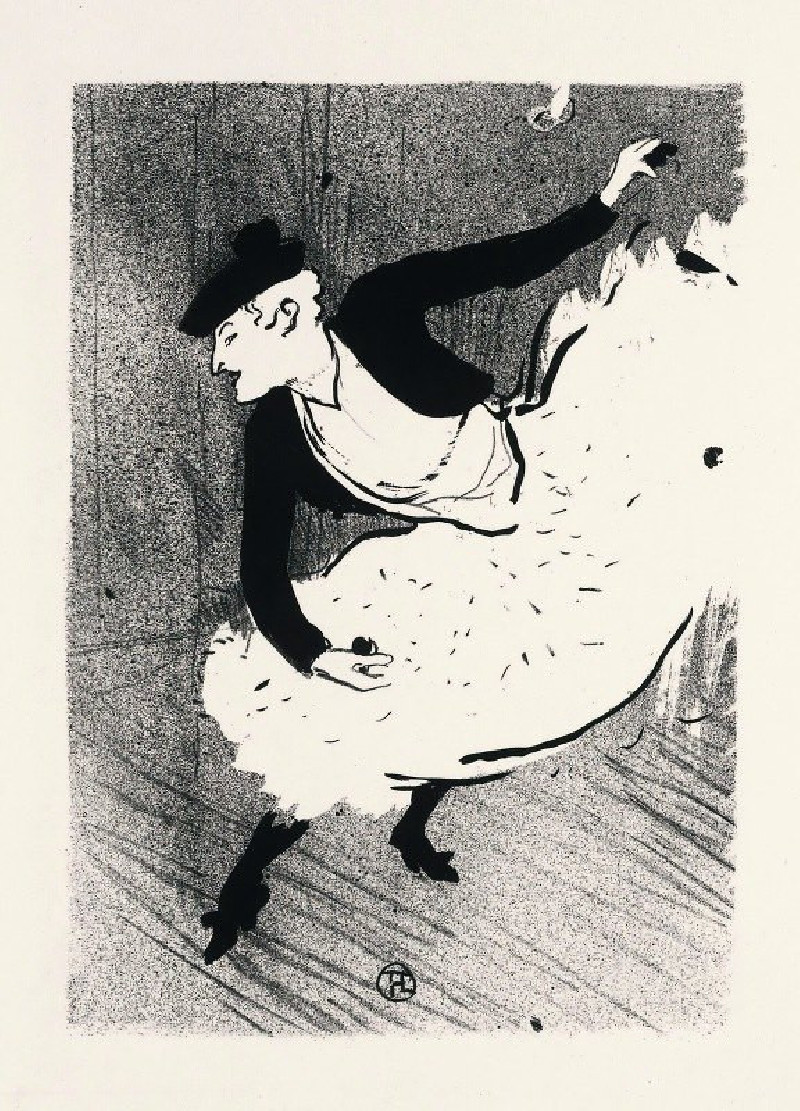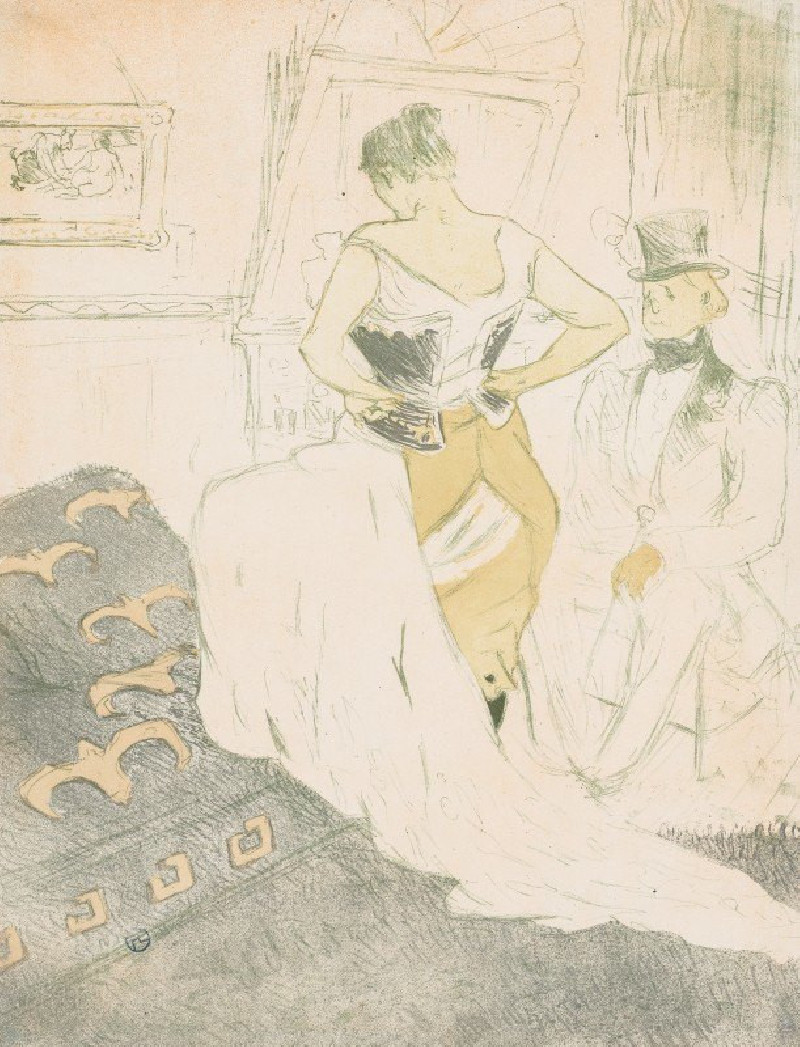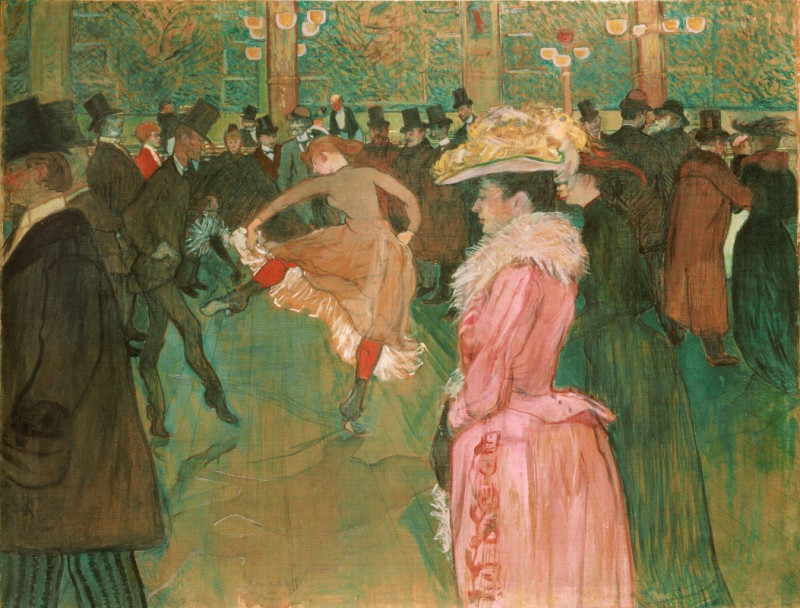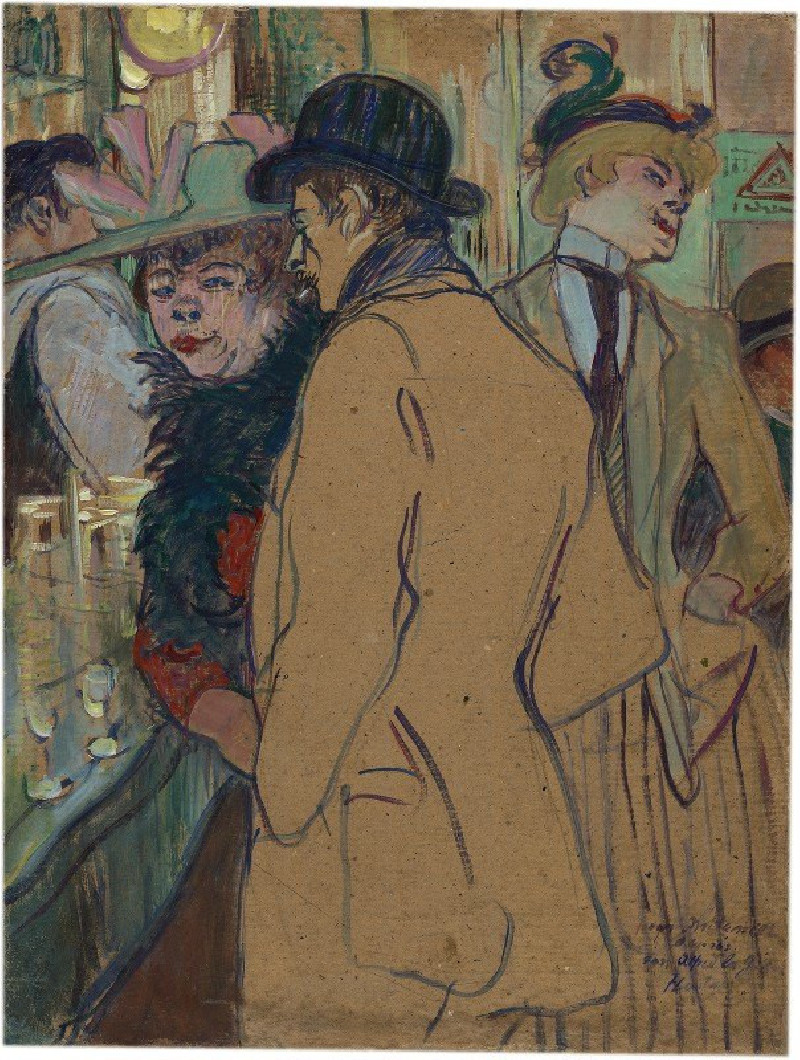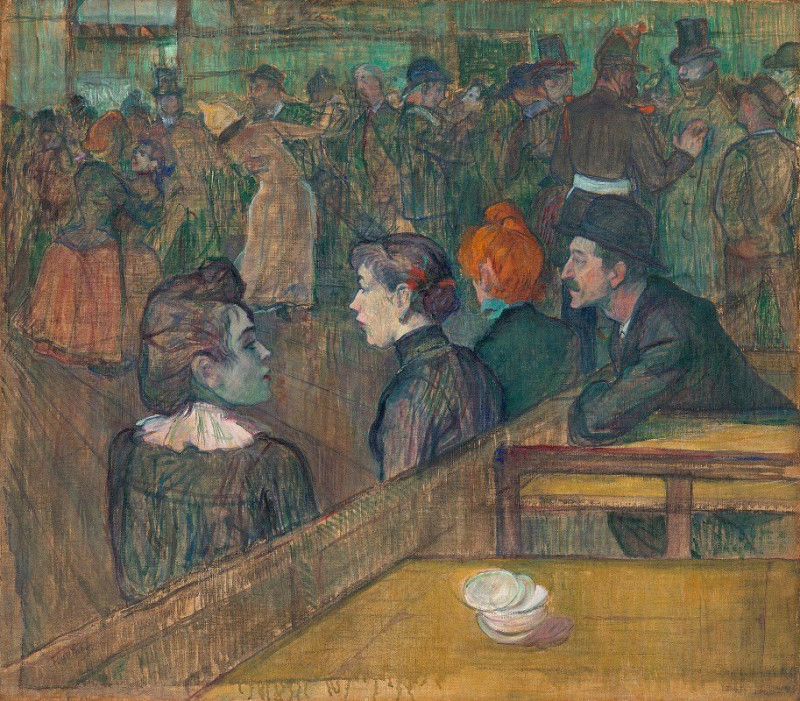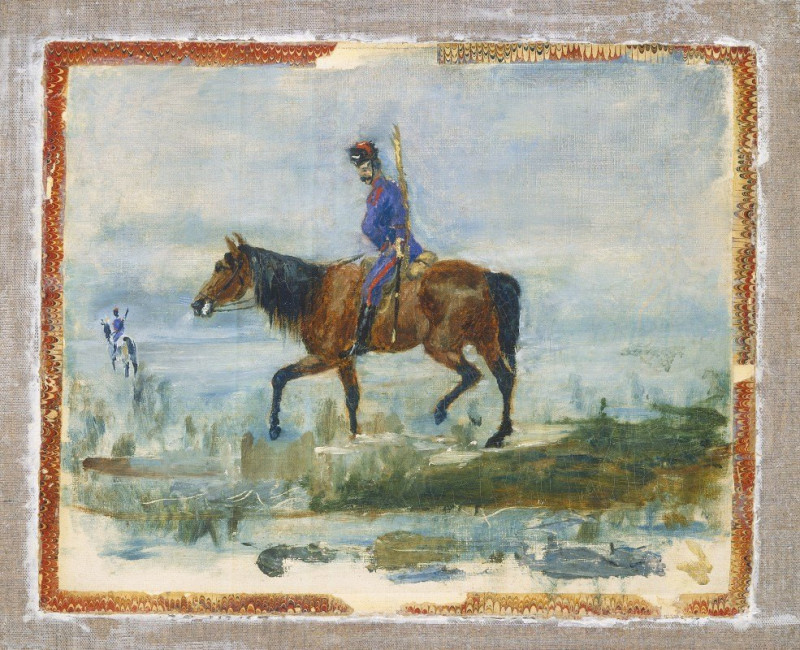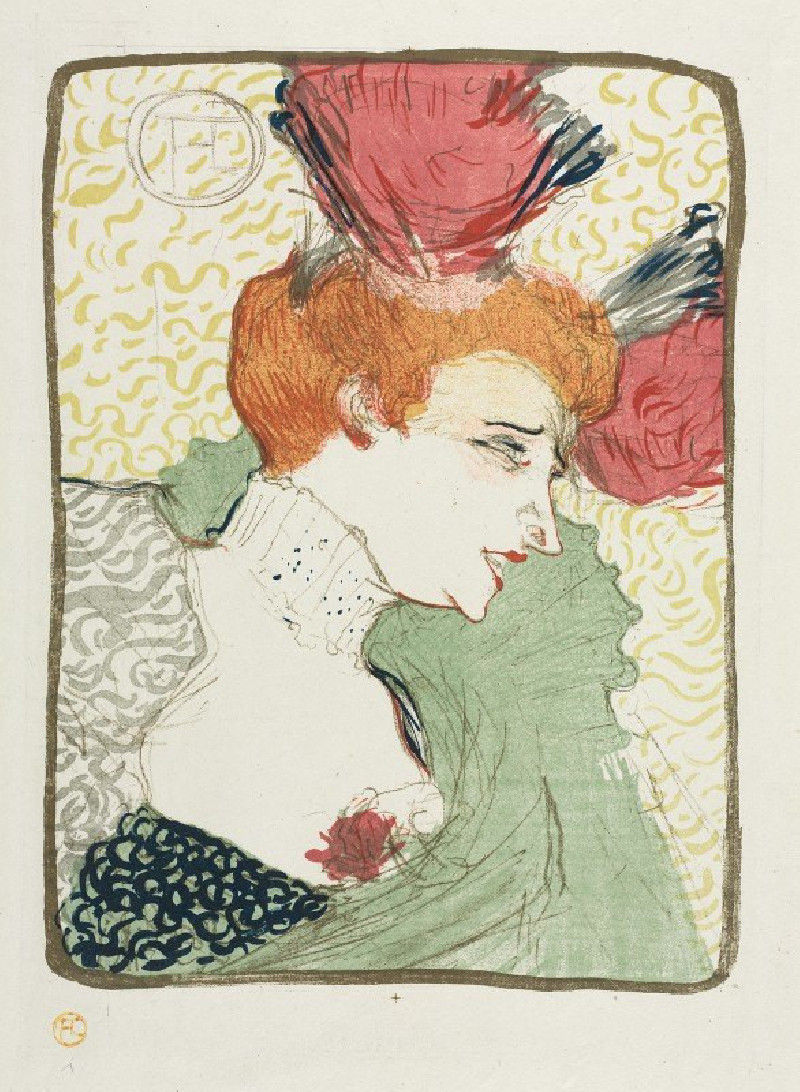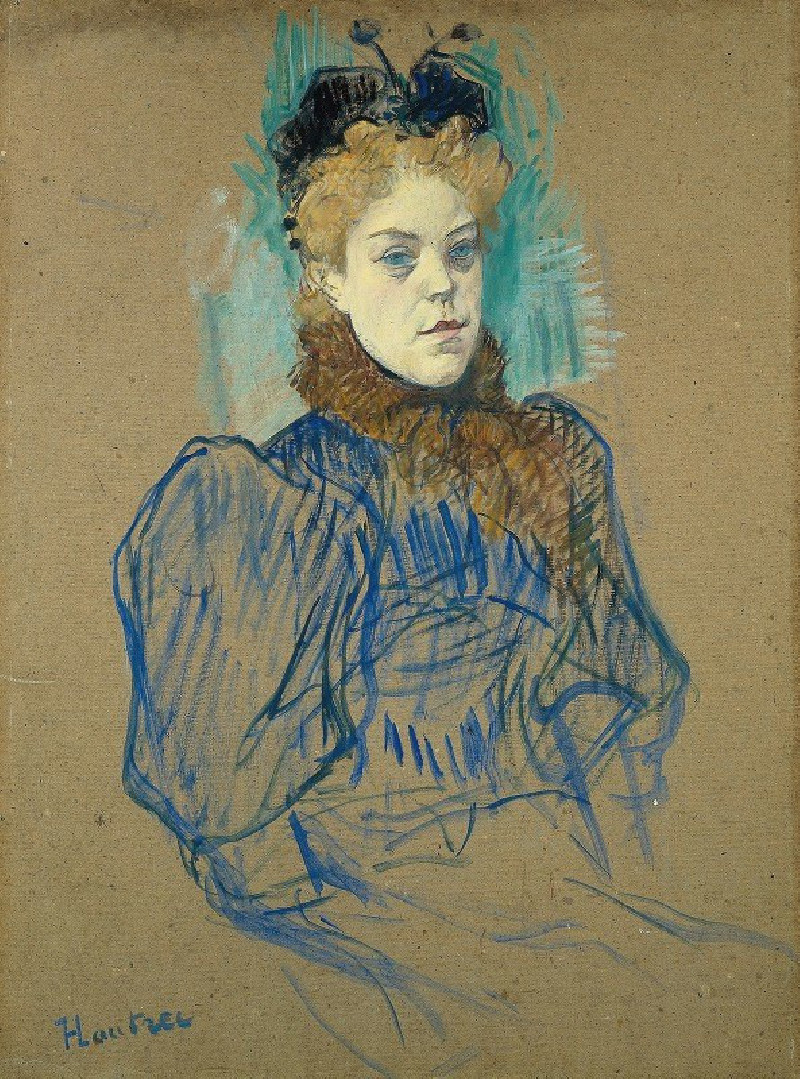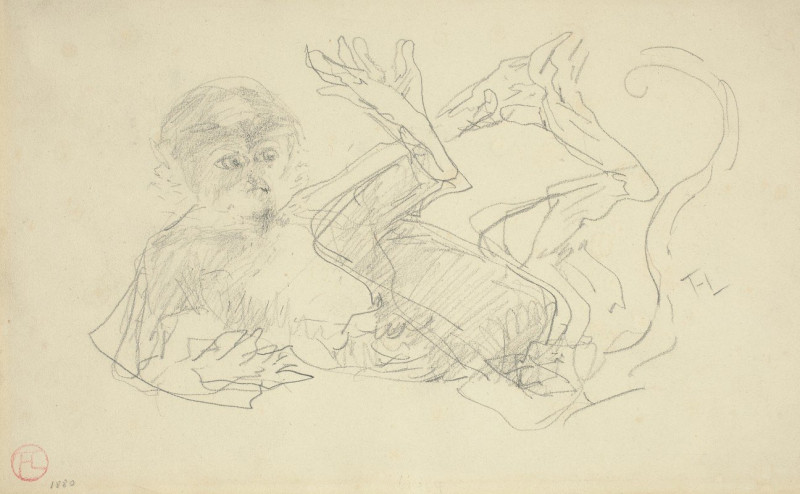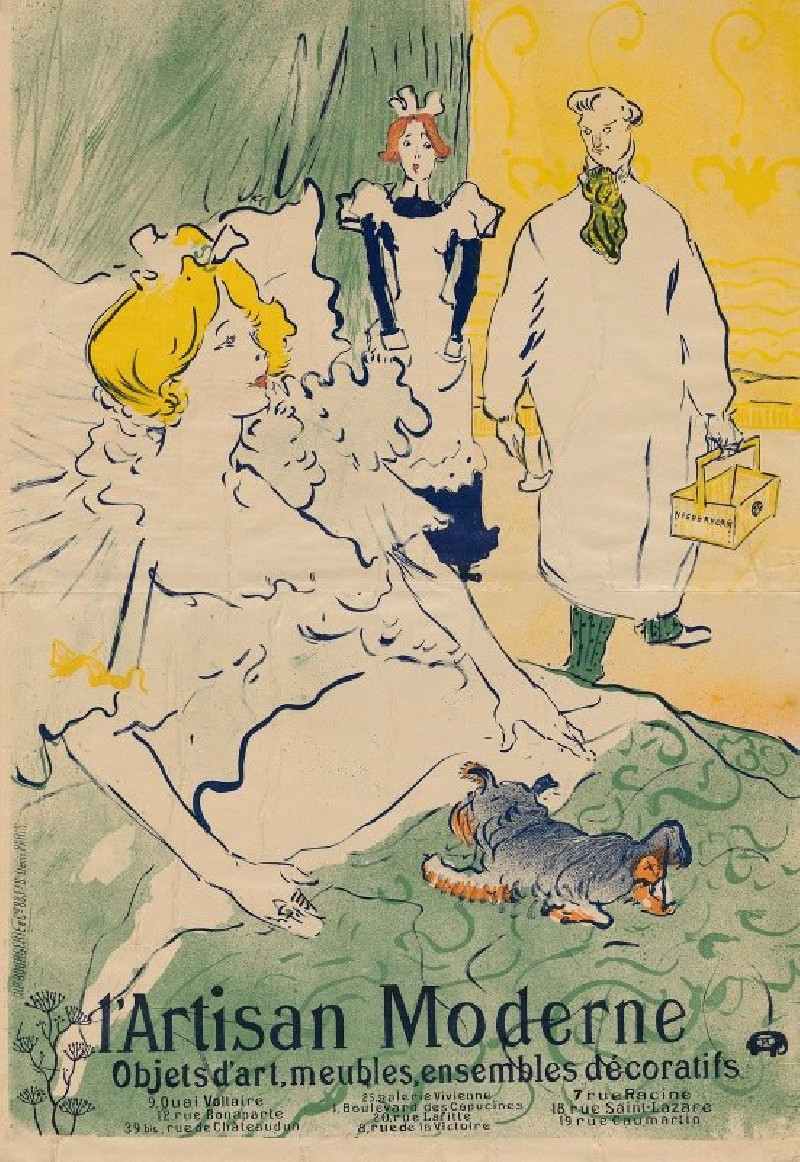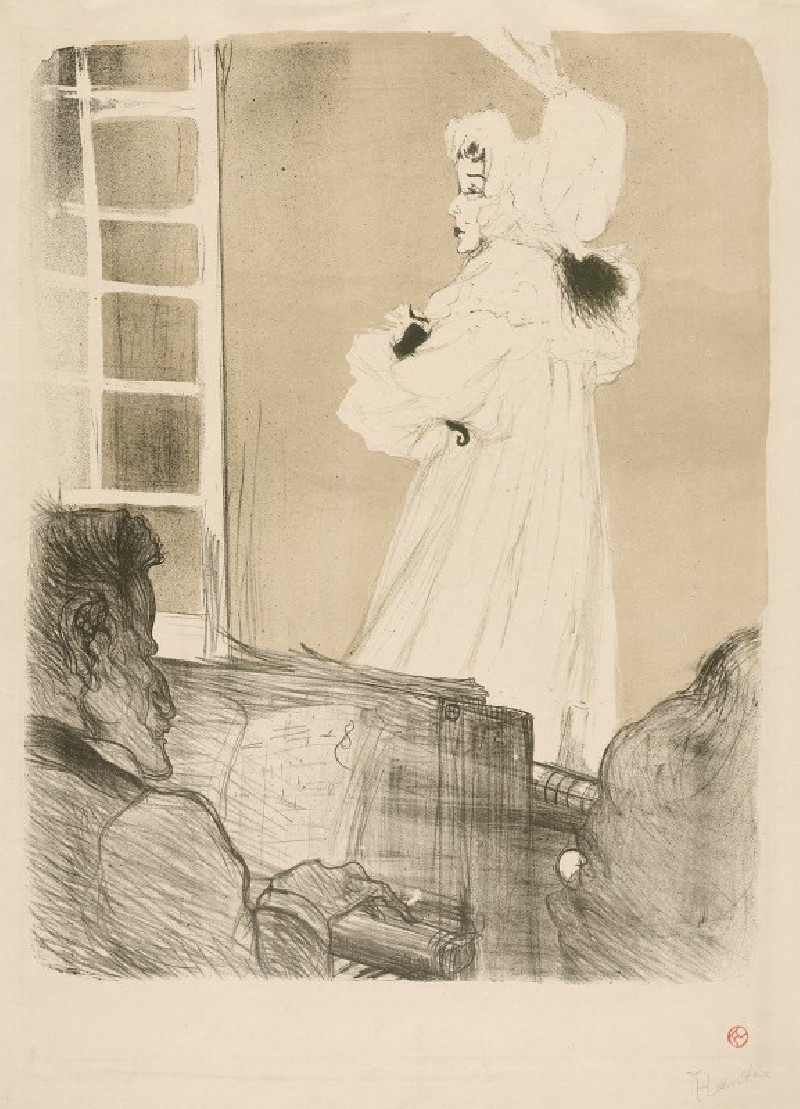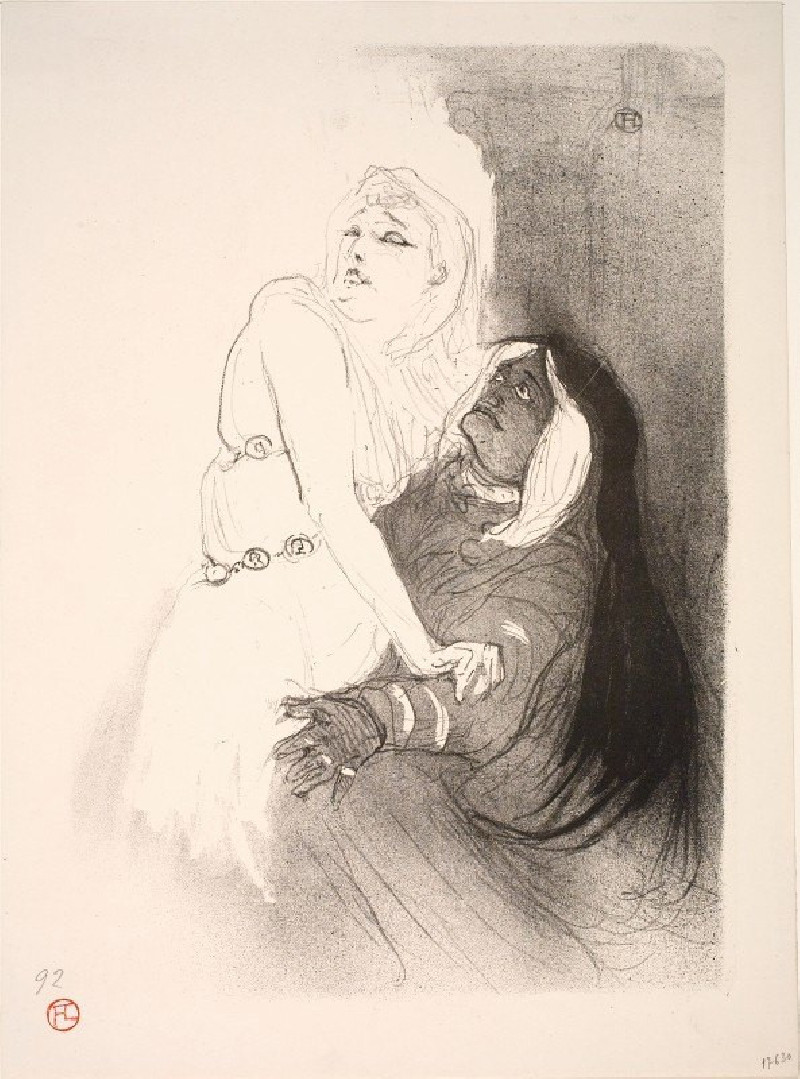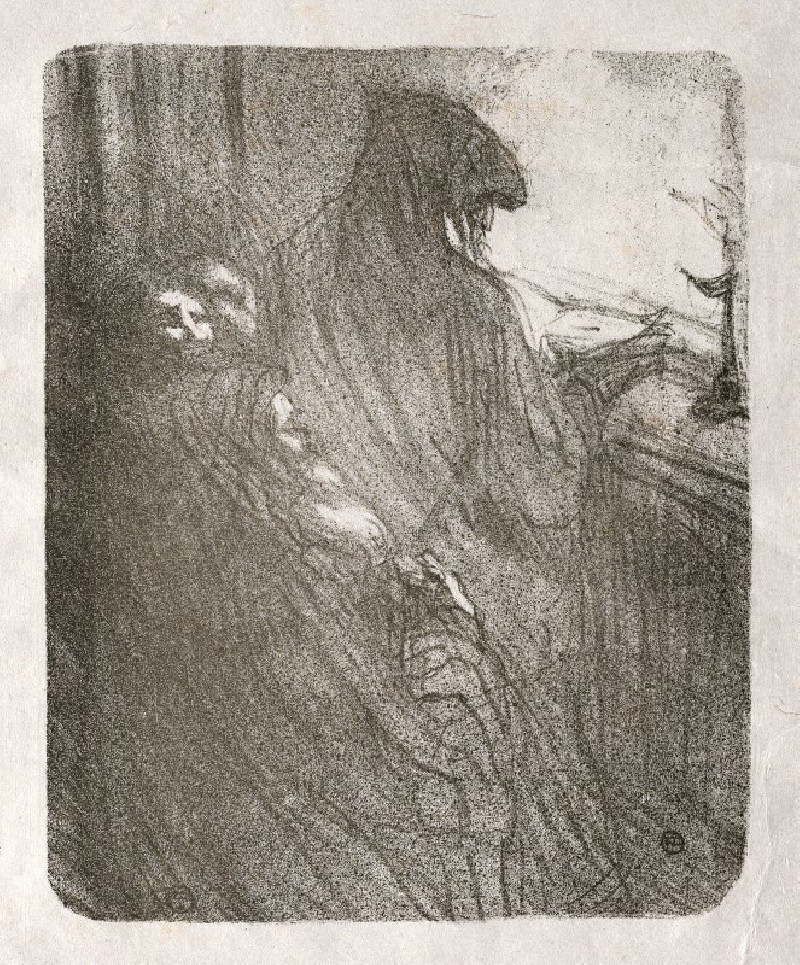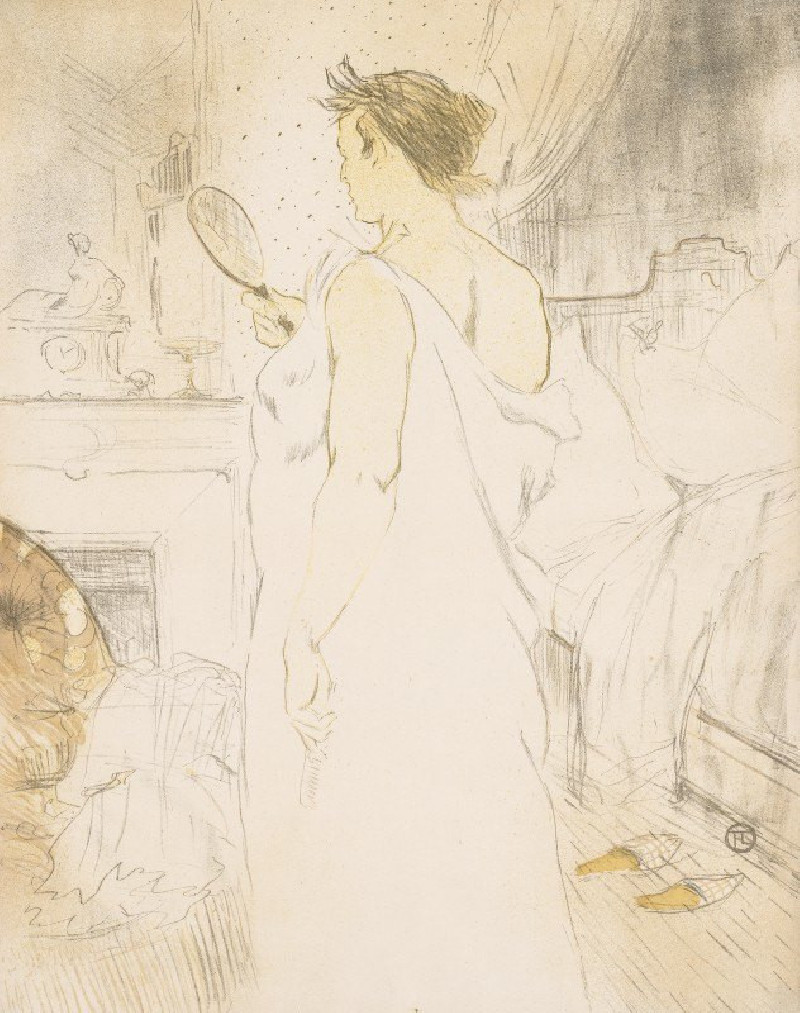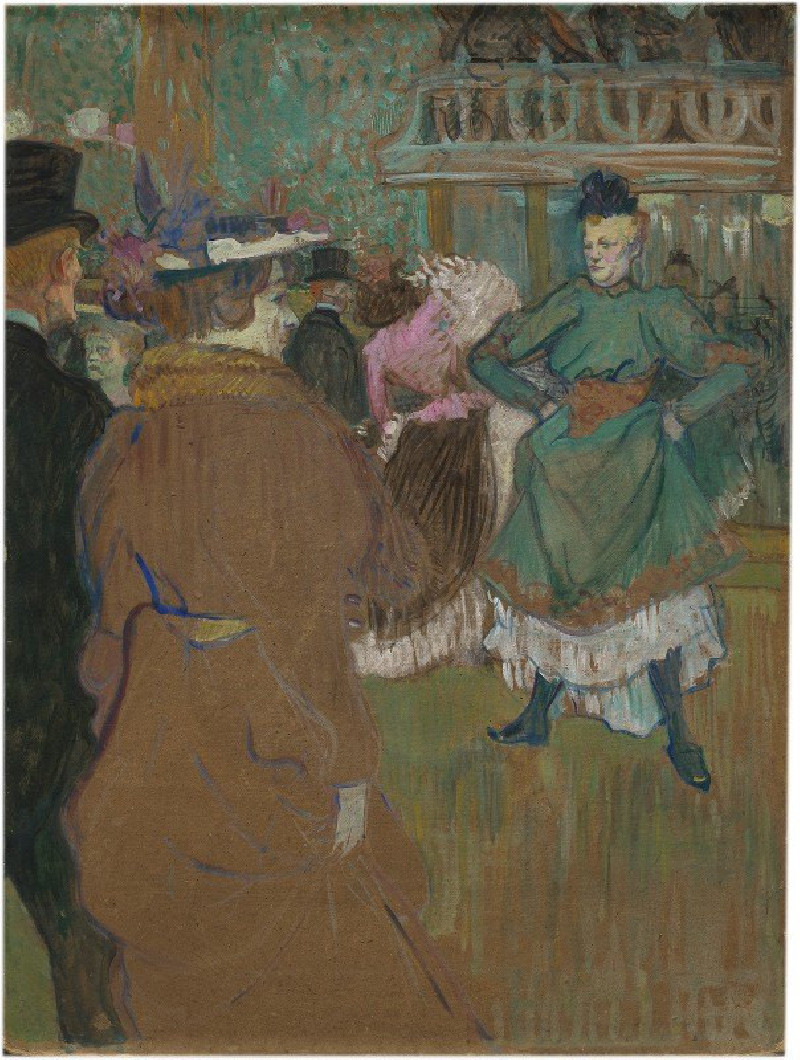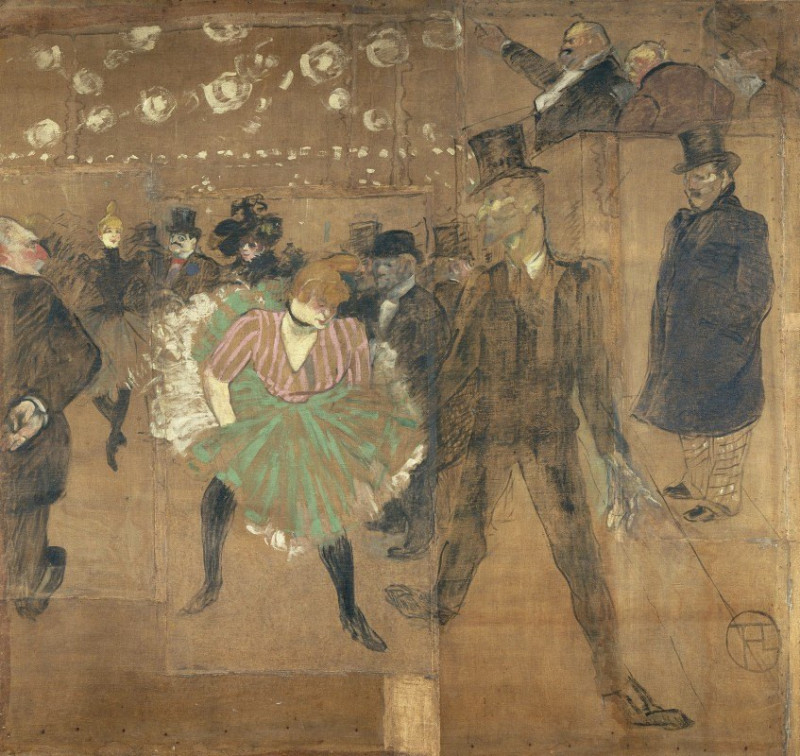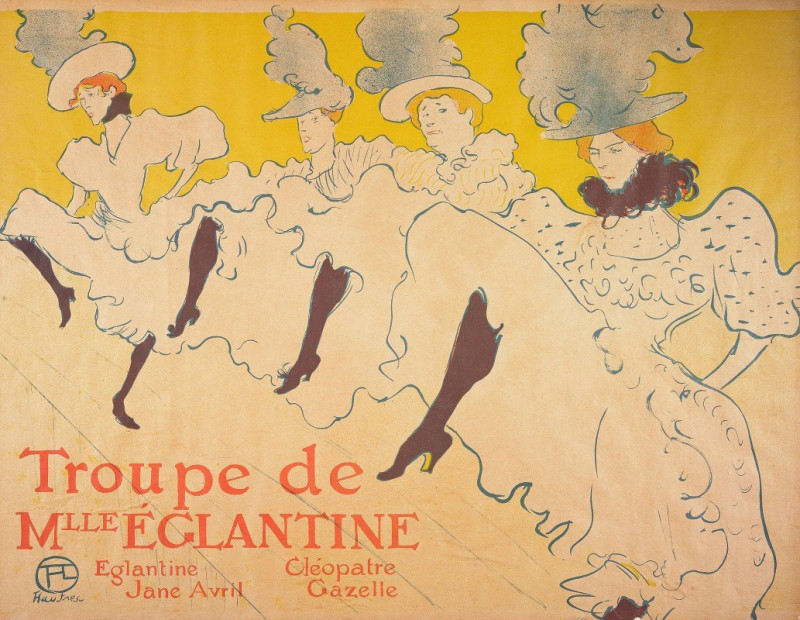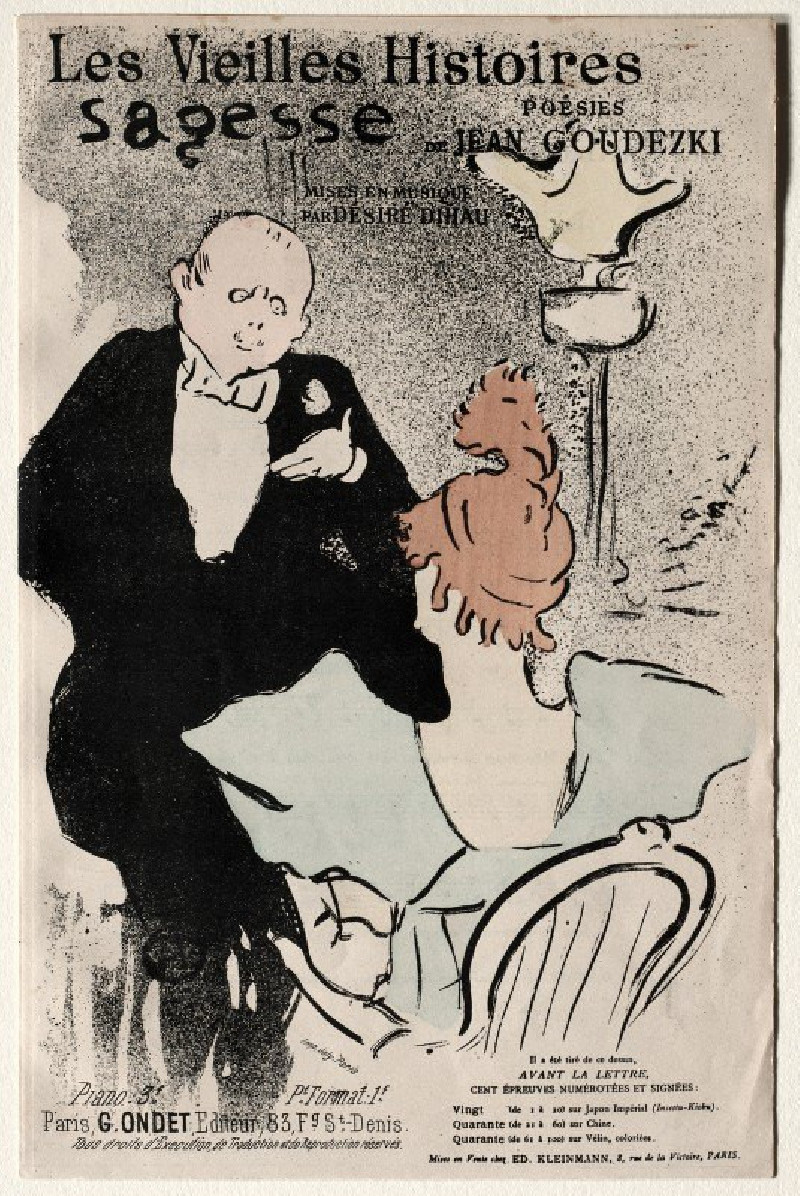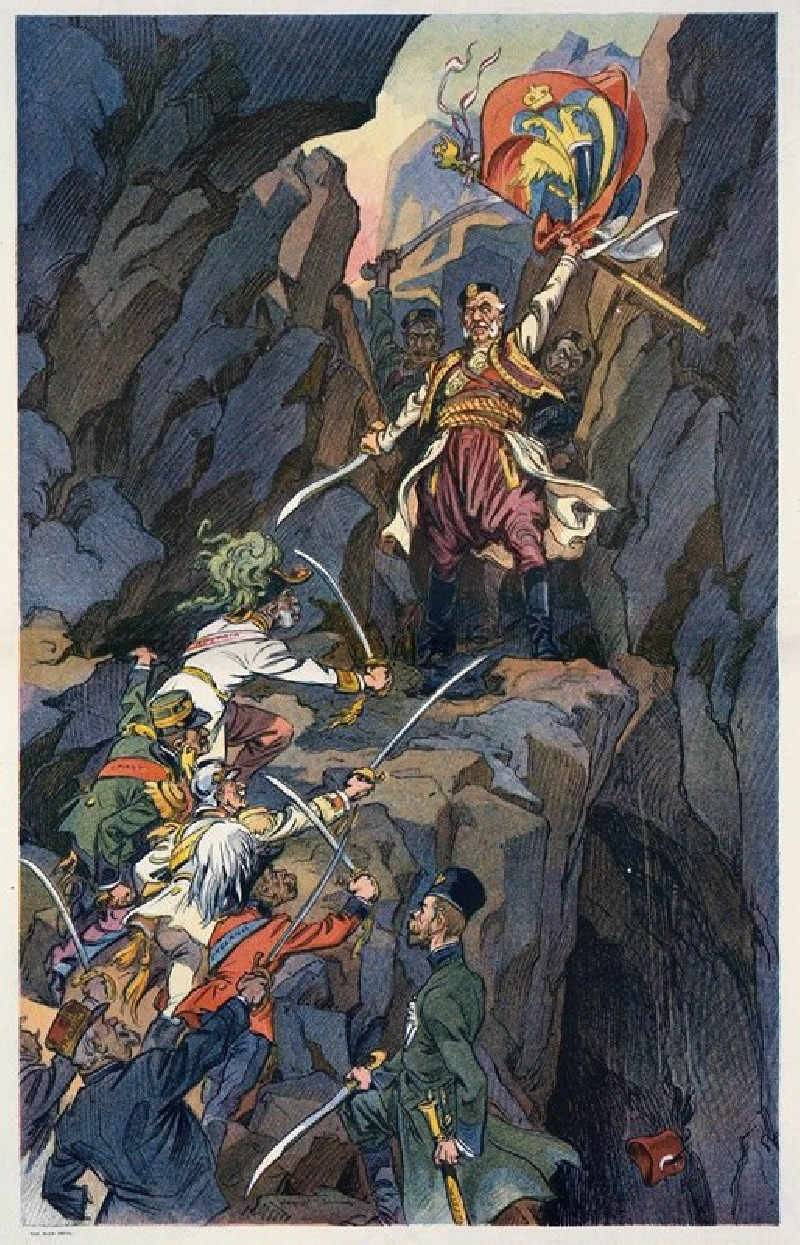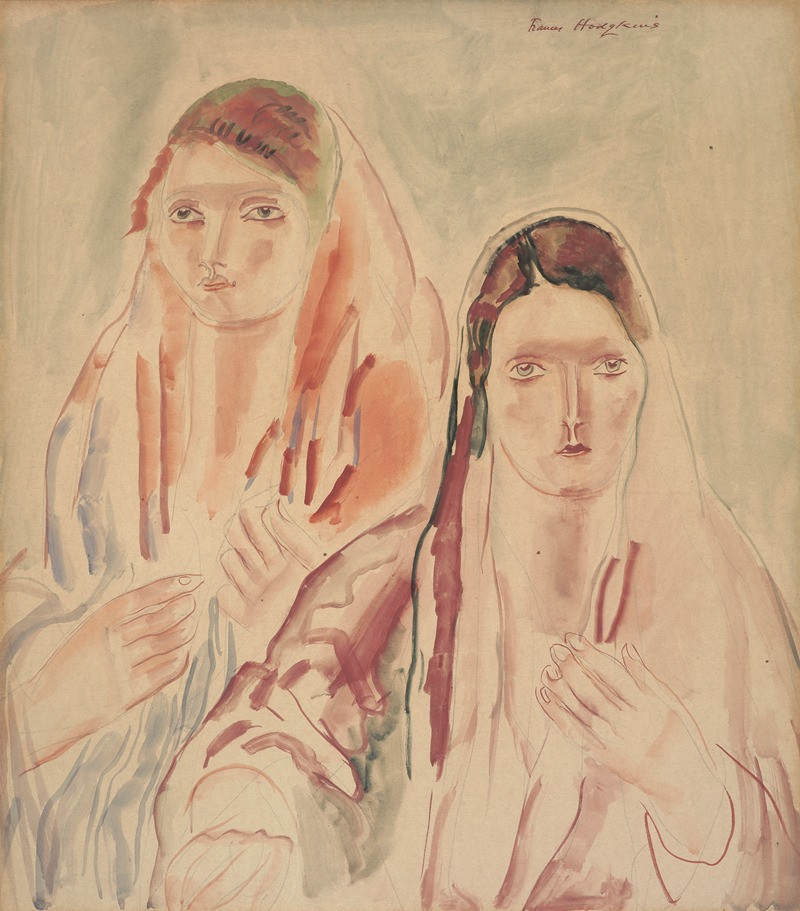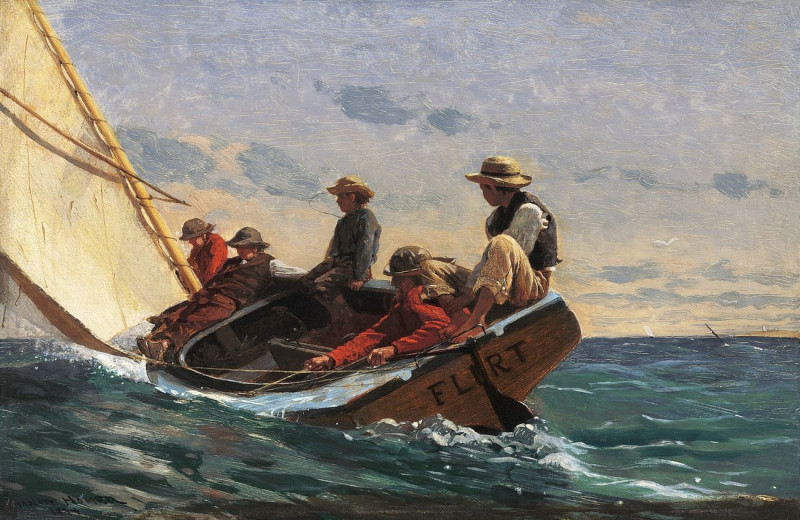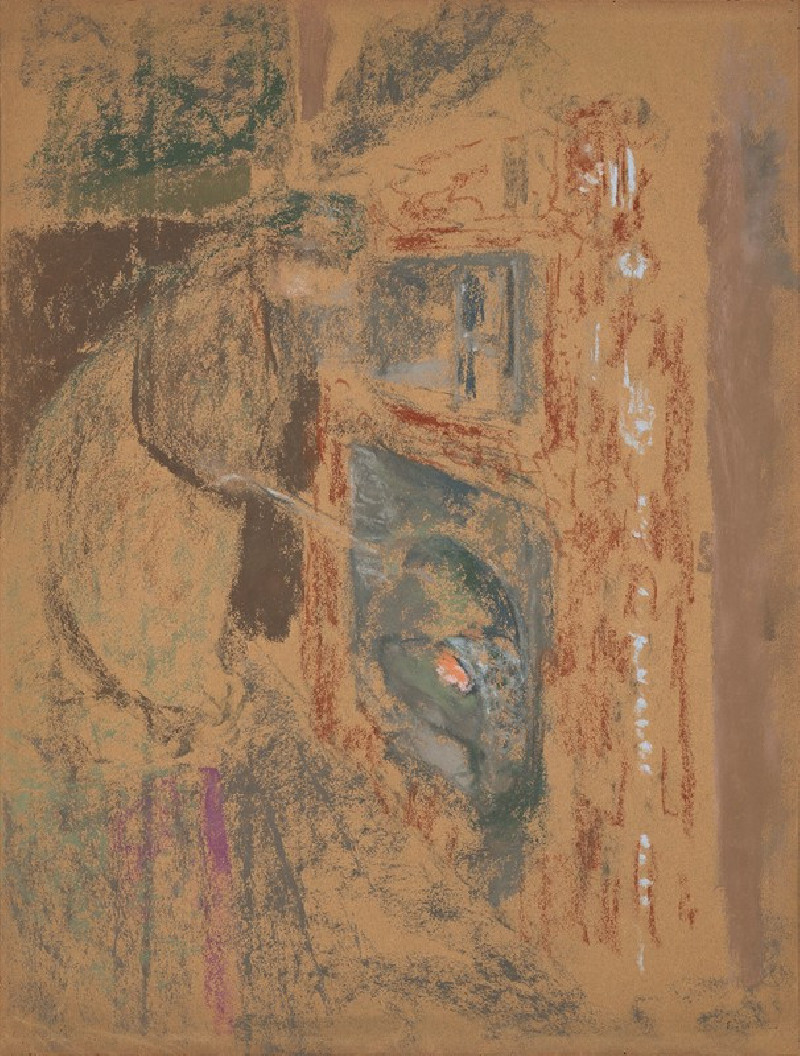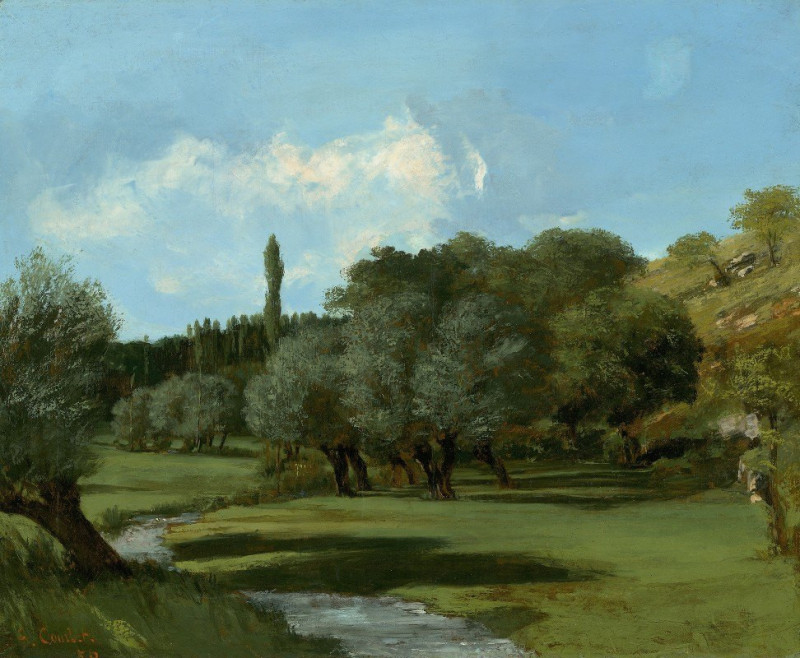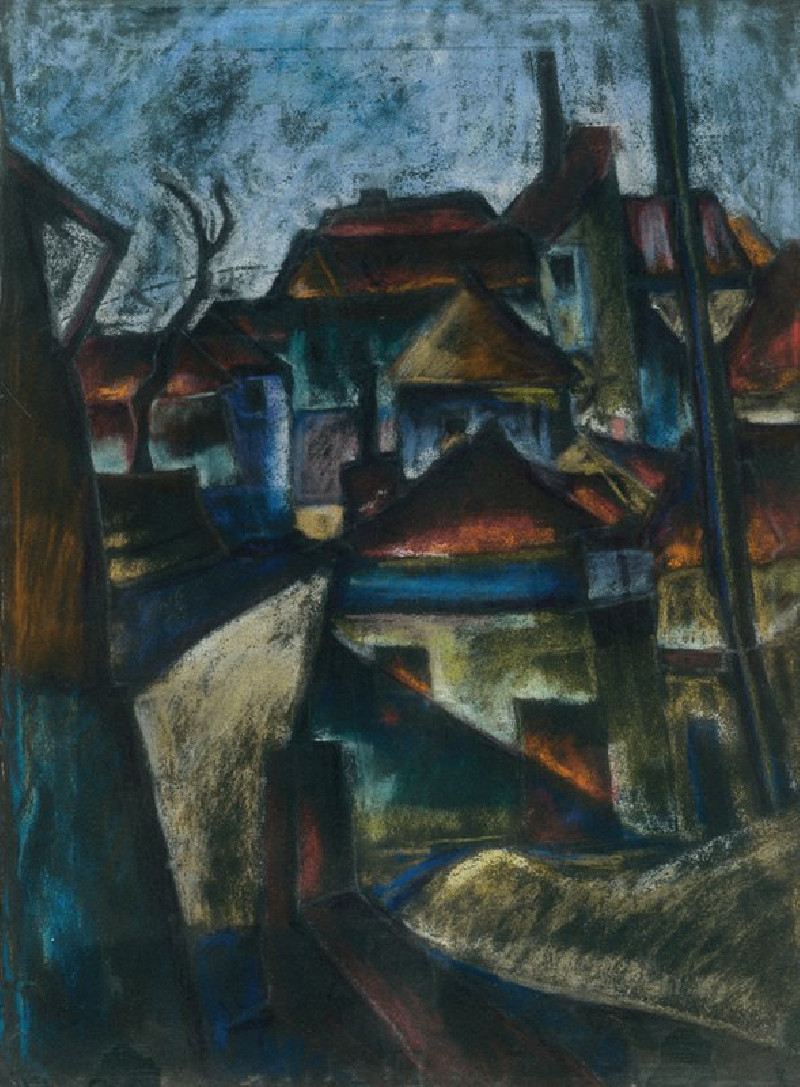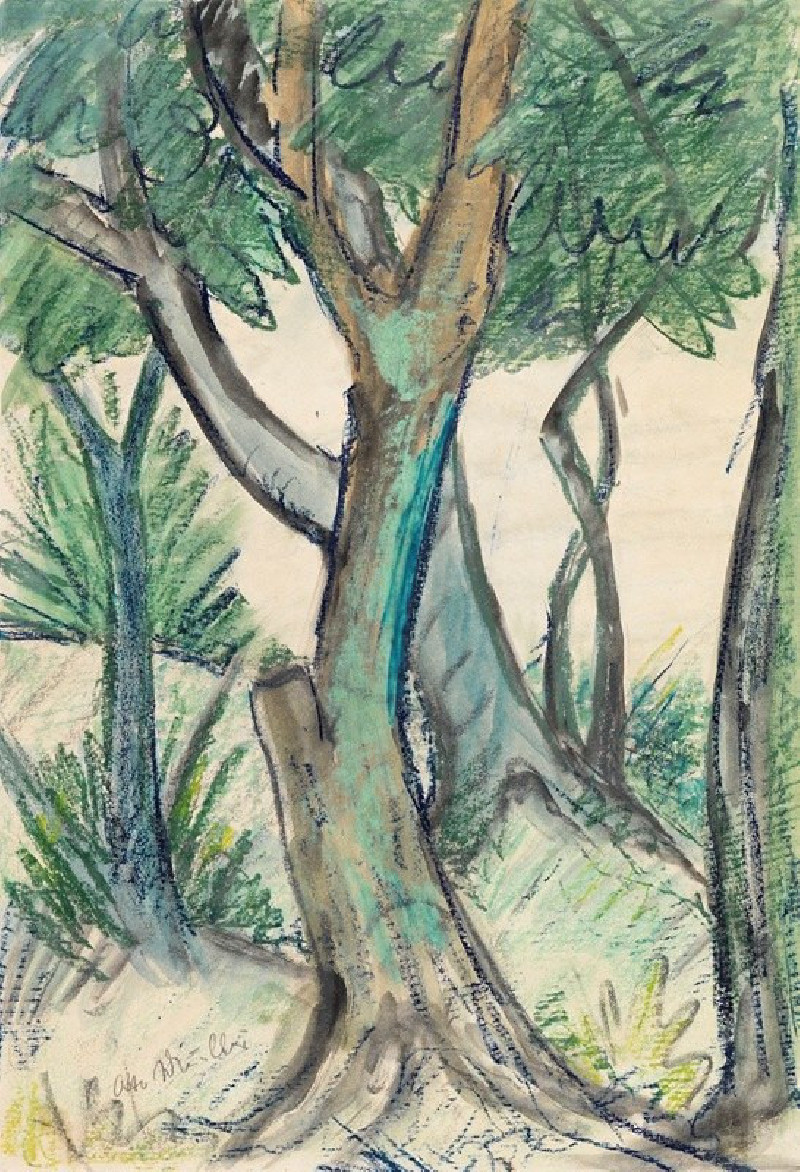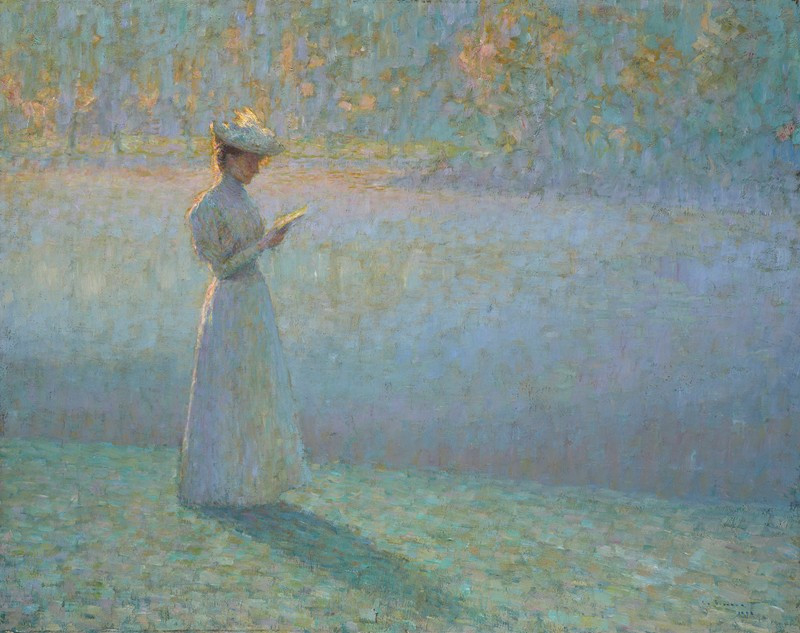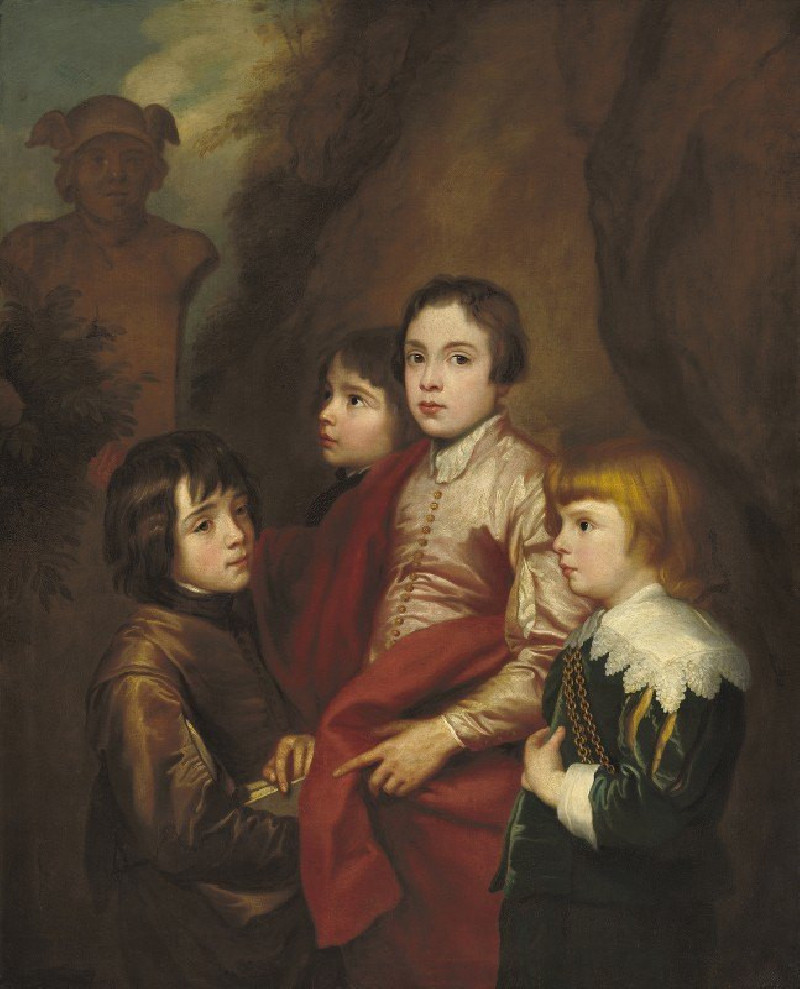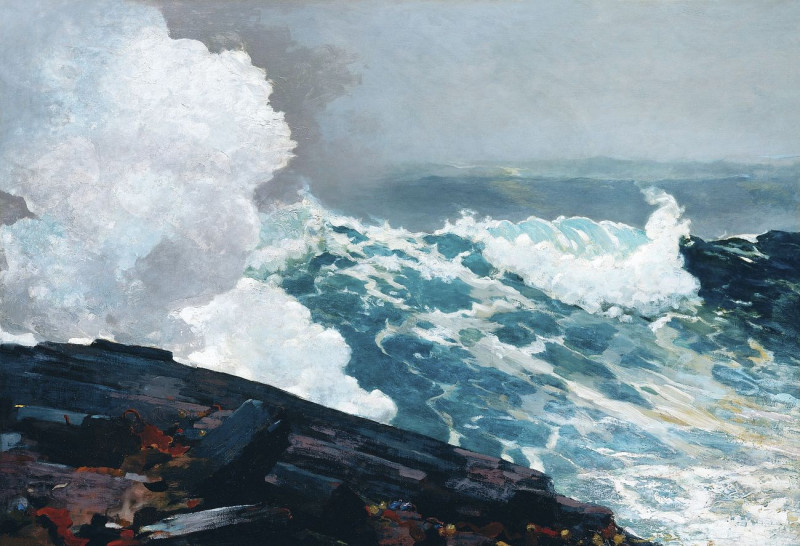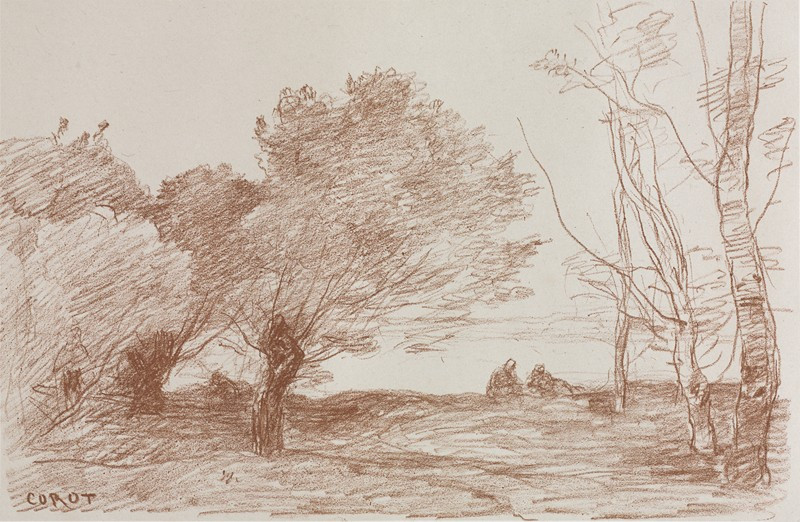Cheval de chasse à courre (1880)
Technique: Giclée quality print
Recommended by our customers
More about this artwork
This evocative painting, titled "Cheval de chasse à courre" and created in 1880 by the illustrious French artist Henri de Toulouse-Lautrec, captures the essence and energy of a moment frozen in time, intertwined with the simplicity and emotion characteristic of Toulouse-Lautrec's work. The scene is set outdoors, vividly illustrating the nuanced interplay between nature and the subjects depicted.At the forefront, a horse, meticulously rendered in shades of brown and adorned with a red saddle, stands with an air of graceful exhaustion. Its posture and the subtle details in its depiction suggest a pause after intense activity, likely after a strenuous hunt depicted in traditional hunting colors.Beside the horse, a figure in a striking red jacket bends over, perhaps attending to a task on the ground. This figure, cloaked in shadows and mystery, adds a human element to the composition, guiding the viewer's curiosity about the narrative behind this moment. The contrast between the vibrant red of the jacket and the verdant greens and yellows of the background emphasizes the theme of man versus nature, a common thread in many hunting scenes.The background, abstract and almost swirling with movement, projects an atmosphere of dynamic change, echoing the transitional moments of rest and motion. Toulouse-Lautrec's brushwork is visible, energetic, and textural, enhancing the overall sense of immediacy and immersion in the natural surroundings."Cheval de chasse à courre" is more than just a visual narrative; it is a testament to Toulouse-Lautrec's skill in capturing the essence of a fleeting moment, bridging the realms of narrative depth and aesthetic elegance.
Delivery
Returns
Comte Henri Marie Raymond de Toulouse-Lautrec-Monfa (24 November 1864 – 9 September 1901), known as Toulouse Lautrec was a French painter, printmaker, draughtsman, caricaturist, and illustrator whose immersion in the colourful and theatrical life of Paris in the late 19th century allowed him to produce a collection of enticing, elegant, and provocative images of the sometimes decadent affairs of those times.

